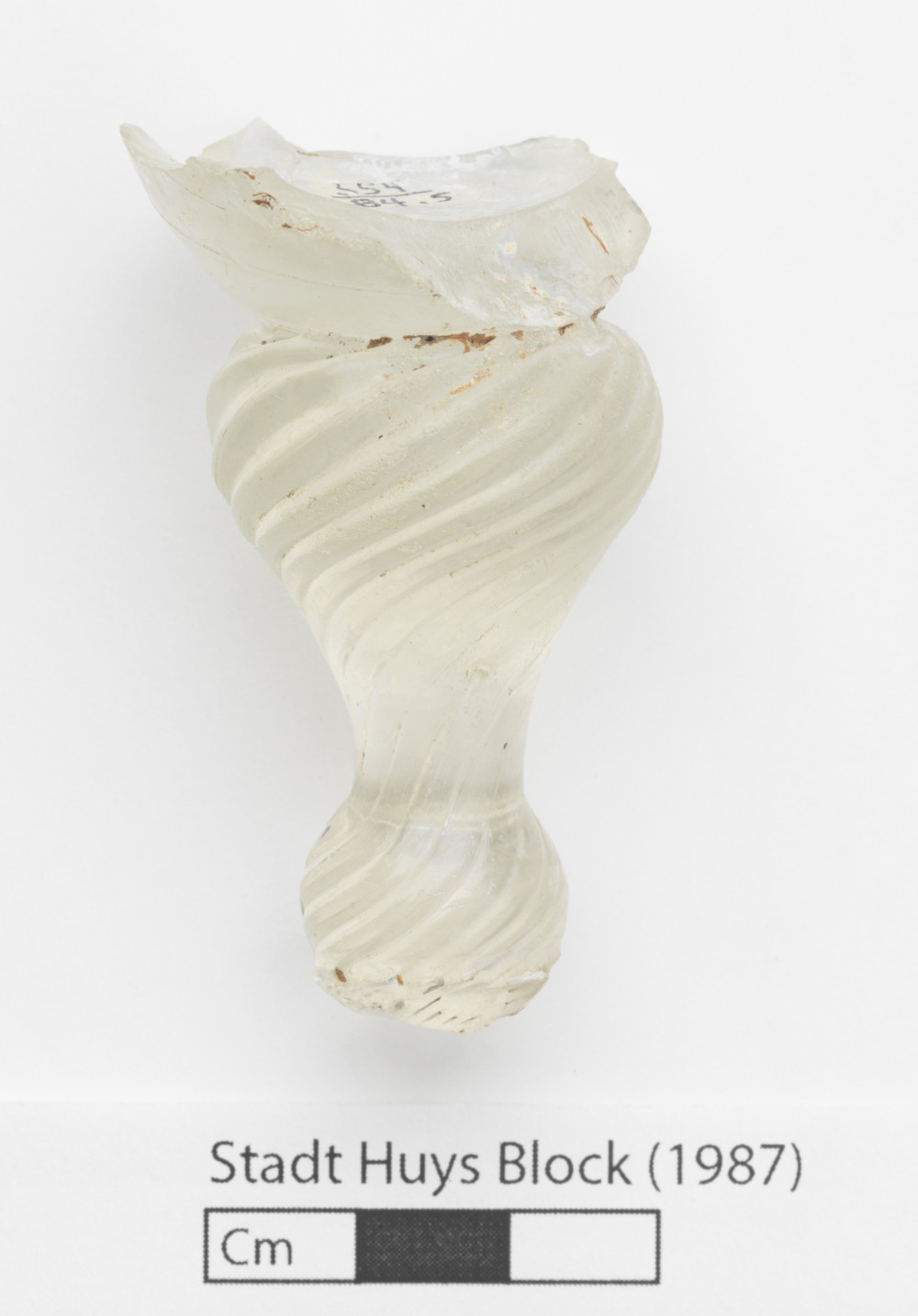Introduction: Lots 8, 9, and 15 are modern designations for adjacent parcels of land that were owned together and used as a single property until the early 1830's. Excavations produced important discoveries like that of the Colonial-era Lovelace Tavern, proving that significant archaeological resources could still exist in urban spaces. Project archaeologists were able to lobby for increased time and funds to continue their work on the strength of these finds, leading to additional discoveries. In all, the project provided considerable information about the history of New York City and its inhabitants from the 17th to the 20th centuries.
The tavern was constructed by the second English Governor of New York, Francis Lovelace, around 1670. Taverns were important spaces for colonial communities, serving as centralized meeting places that fulfilled important social, recreational, political, and economic functions. Lovelace Tavern became New York's temporary City Hall starting in the late-17th century after the Stadt Huys fell into disrepair and was demolished in 1706.
Rationale: Remains of the Lovelace Tavern were first encountered during the excavation of Test Cut AQ. As a result, a total of five units were archaeologically tested in the immediate area (Test Cuts AQ, AQ1, AQ2, AQ3, and AQ4). Archaeologists discovered six major stratigraphical layers representing different depositional events -- the most important being those related to the construction, use, and destruction of the Lovelace Tavern. Overall, archaeologists excavated 27 test cuts inside, adjacent to, or within the walls of the tavern, representing around fifty-percent of the total area.
Results: This layer was found directly atop the tavern's wooden floor and dates to the late-17th and early-18th centuries. The tavern floor and deposit contexts found in the Lovelace area are important as they evidence tavern activities. The tavern floor found in Test Cut AQ appears differently than those in other test cuts as it stood at a slightly higher elevation and was not burned. The elevation difference can perhaps be explained by the presence of a tavern barrel feature discovered below the floor only in this location.
Lot 8, Test Cut AQ, Stratum VII, Level A
-
Collection method
Trowel, Wetscreen (1/4-inch mesh). Arbitrary 4-inch Level.
-
Soil description
Grey-Brown Sandy Silt
-
Munsell
7.5YR 5/6






